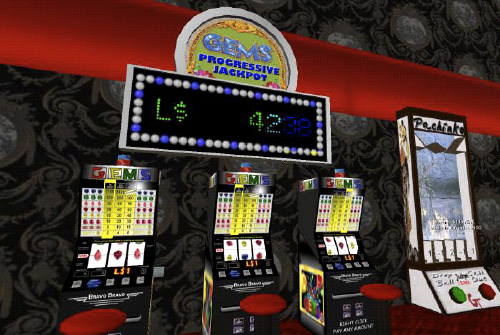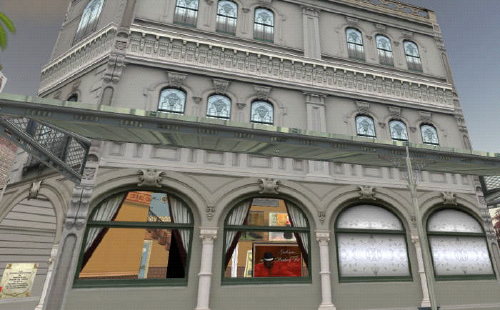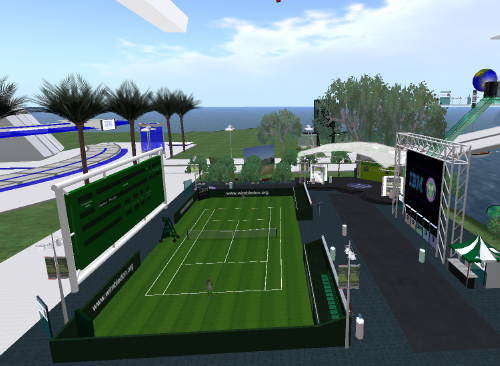Terra Nova has a fascinating article on patents and virtual world economies.
Our recent interview with Dr Melissa de Zwart from Monash University shone some light on this very grey area – there’s still so much legal precedent still to be established.




Recent Comments